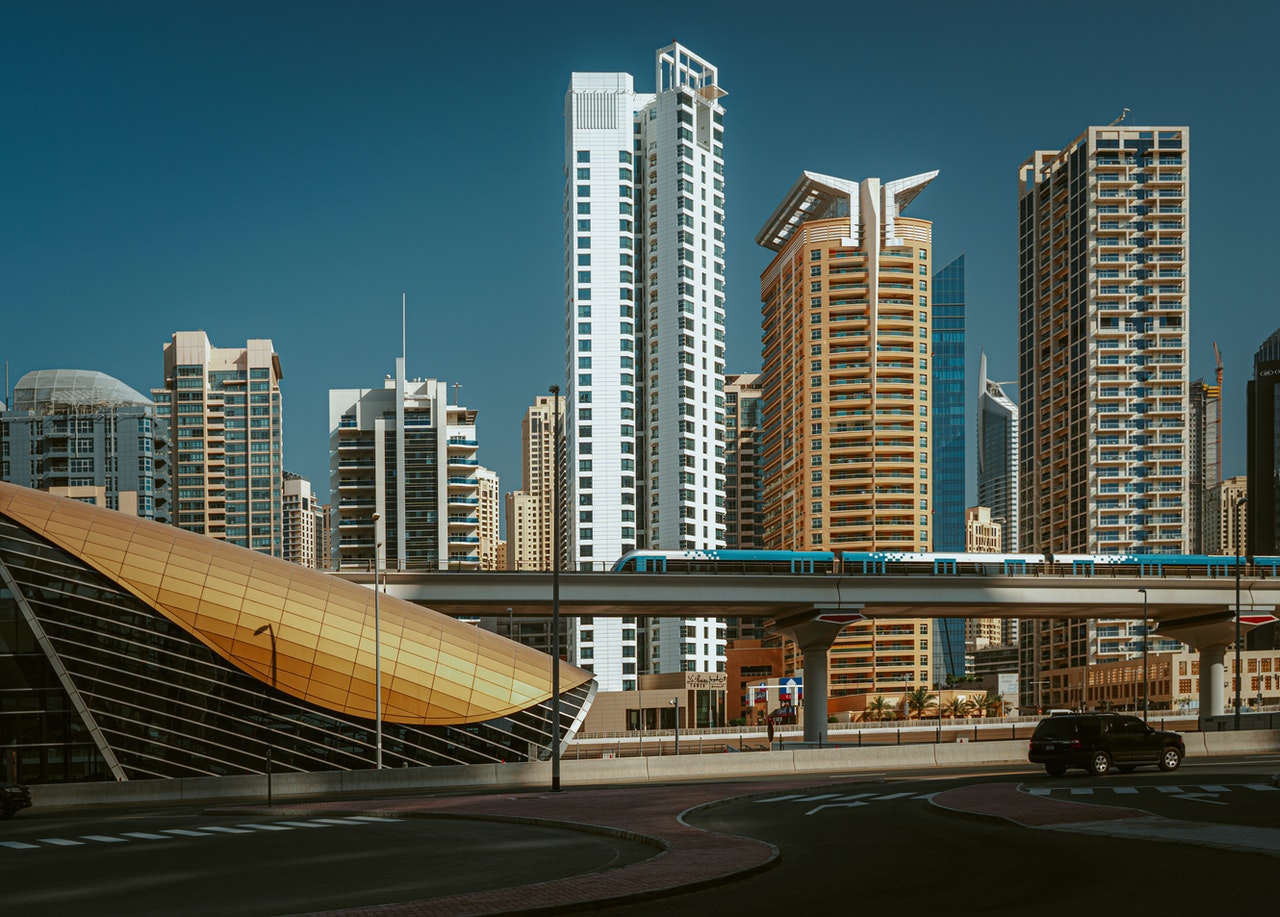The UAE has been named among the world’s top locations in which to invest in infrastructure as Dubai continues to gear up for Expo 2020.
Government has increased spending on infrastructure more than 40 per cent last year which will carry a positive multiplier effect across different sectors of the economy, especially in the real estate market. It provides an opportunity for investors to capitalise on new areas as the infrastructure develops resulting in higher return of investment in the form of capital gains as well as rents due to lower price points.
According to data published in a new Bank of America Merrill Lynch report, the UAE ranked third behind Singapore while Saudi Arabia was also prominent in 15th place.
Dubai is splashing billions of dollars on infrastructure projects related to the international trade fair with Expo-related projects underway hitting $42.5 billion in March, according to a recent report.
Over 21 percent of this year’s public spending of $15.5 billion in Dubai is earmarked for infrastructure projects.
The BOAML report also said that Abu Dhabi Investment Authority (ADIA) was the second largest investor in infrastructure, behind the China Investment Corporation.
It estimated ADIA’s infrastructure assets at more than $24.8 billion.
The report also said that the UAE ranked fourth for the quality of its overall infrastructure, citing a list compiled by the World Economic Forum.
The UAE was also said to have the best quality roads in the world in the same study.
The BOAML report added: “Stretched public finances mean that 11 out of 20 of the world’s largest economies have reduced spend on infrastructure since the Great Recession. Global infrastructure is also struggling to meet demographic-driven demand, urbanisation and inequality.
“We are on track for a $18 trillion infrastructure investment gap by 2040, with Asia alone accounting for over half the world’s investment needs.”
The investment gap is forecase despite plans to invest $80 trillion in infrastructure to 2040.
“We see public-private partnerships (PPPs) as a major part of the solution, with private actors able to fill half the annual financing gap as well as reduce costs,” the report noted.

